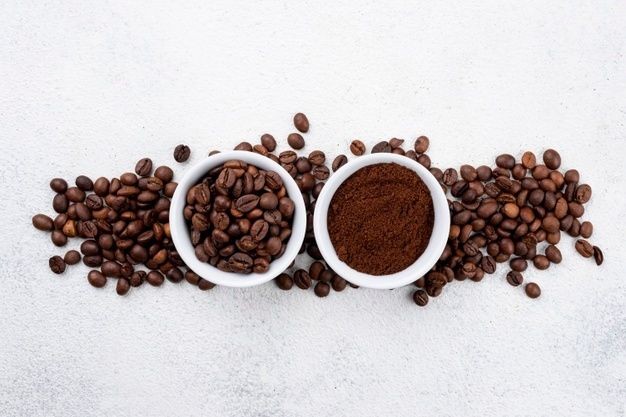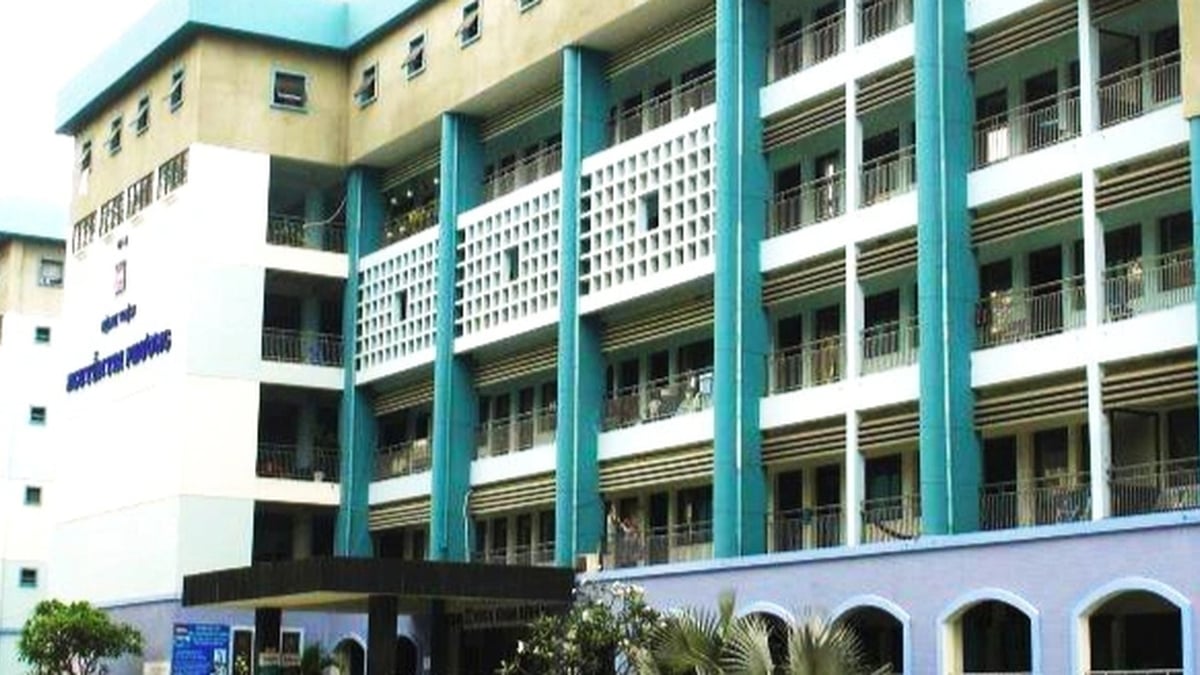World coffee prices fluctuated, but both fluctuated within a narrow range. Robusta coffee prices decreased slightly, while Arabica prices increased slightly. Overall, coffee prices on both exchanges returned to a negative trend due to selling pressure from the new crop currently being harvested in Brazil and the USD's appreciation against most other major currencies, following the release of the Fed's June policy meeting minutes.
The US Department of Agriculture (USDA) estimates Brazil's new coffee crop at 66.4 million bags, of which robusta will reach 21.7 million bags. In addition, USDA also forecasts Indonesia's coffee output at about 9.7 million bags, down 2.2 million bags from last year, of which robusta will reach about 8.4 million bags.
Prolonged dry weather in Brazil is accelerating the country’s coffee harvest and putting pressure on Arabica prices. Meanwhile, the Brazilian Copom is expected to cut interest rates on the Real at its next policy meeting, causing the USD/BRL exchange rate to rise, prompting Brazilians to reduce coffee exports, contributing to the upward price trend.
 |
| Domestic coffee prices today, July 7, decreased by 100 VND/kg in some key purchasing localities. (source: Pinterest) |
At the end of the trading session on July 6, the price of robusta coffee on the ICE Futures Europe London continued to decrease slightly. The price of robusta coffee futures for delivery in September 2023 decreased by 2 USD, trading at 2,510 USD/ton. The price of futures for delivery in November decreased by 8 USD, trading at 2,406 USD/ton. Trading volume was low.
Arabica coffee prices on the ICE Futures US New York exchange for September 2023 delivery increased by 1 cent, trading at 159.9 cents/lb. Meanwhile, the December 2023 delivery period increased by 1.1 cents, trading at 159.25 cents/lb. Trading volume increased.
Domestic coffee prices today, July 7, decreased by 100 VND/kg in some key purchasing localities.
Unit: VND/kg. (Source: Giacaphe.com) |
Almost all Fed officials expressed support for holding interest rates steady last month, as well as the need for further tightening in the coming period, a view that pushed Treasury yields higher and provided a boost to the dollar.
According to technical analysis, the indicators of the robusta floor are showing signs of continued downward momentum. It is expected that in the short term, the price of robusta coffee will fluctuate and accumulate within the range of 2500 - 2550.
Robusta prices need to bounce above 2550 to find a chance to rise back to the psychological resistance level of 2600. On the contrary, it is necessary to pay attention to the price range of 2495 - 2500, if it falls below this range, robusta coffee can establish a downtrend.
On the Arabica floor, RSI is near the oversold zone at 30.99%. Technical indicators all show that the downward momentum is still there. It is expected that in the short term, Robusta coffee prices may continue to fall to the support zone of 155 - 157 or, in a more negative scenario, to the strong support zone of 150 - 152 if there is no positive news to support coffee prices. However, the possibility of a technical recovery correction soon cannot be ruled out because the price is near the oversold zone.
According to experts' analysis, domestic and international coffee prices are currently at high levels, reflecting the shortage of goods in recent times. Robusta producing countries in Asia such as India and Indonesia have recorded a decrease in output of about 20%. Meanwhile, in Vietnam, there is almost no more goods. However, there has been a phenomenon of some roasters in the world using low-priced Arabica or Robusta from Brazil as a substitute, avoiding leading to an unacceptable price increase.
World coffee prices are forecast to continue to rise. The Import-Export Department believes that concerns about a shortage of Robusta coffee supply in the short and medium term continue to support the upward price trend. In addition, speculative capital continues to flow into derivatives markets thanks to high liquidity.
In the domestic market, a few roasters need goods to serve the year-end demand and are willing to buy at high prices, so sometimes the price will be pushed up a bit but it will not last long. However, even though the price is continuously pushed up, people still have no more goods. Therefore, in the coming time, domestic coffee prices will not increase as shockingly as in the previous period.
Source


























![[Photo] National Assembly Chairman attends the seminar "Building and operating an international financial center and recommendations for Vietnam"](https://vphoto.vietnam.vn/thumb/1200x675/vietnam/resource/IMAGE/2025/7/28/76393436936e457db31ec84433289f72)








































































Comment (0)